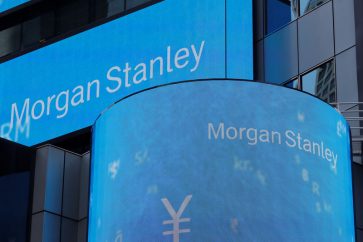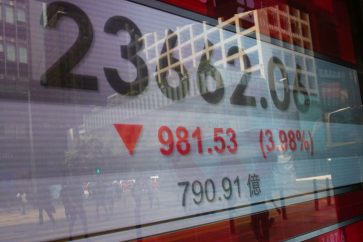Investors in Tax-Free Savings Accounts (TFSA) are in a difficult position. While central banks promise to boost rates even if the economy collapses, inflation continues to put a strain on our wallets. It’s a terrible time, possibly even more nerve-wracking than the selloff in 2020’s February to March.
Uncertainties are at an all-time high. And even though the stock market has fallen back to its June lows, long-term investors should stick with their strategy and, if possible, err on the side of optimism.
Now that bears are all around us, it’s difficult to be a lone bull. Nevertheless, the next month, quarter, or even a year does not necessarily have to show that long-term investors are correct. Your TFSA game plan is still strong, despite what it may appear like if you’ve committed to investing past 2025 (and assuming you didn’t chase unprofitable companies last year).
As the saying goes, most wealth is made in bear markets. It’s also when most wealth is wiped out for those inclined to act on emotion. That’s why it’s vital to keep your cool and only make investment moves if you’re not in a spot to buy into some bearish doomsdayer’s downside price target.
In this article, we’ll take a look at two TSX equities that are now in freefall and could be worth keeping an eye on as the year comes to a close. The year has been terrible thus far. But compared to one or two years ago, equities are inherently a better offer. If you have the money in your TFSA to do so, it’s worthwhile to bite your lip and make a purchase.
Consider IA Financial (TSX:IAG) and Royal Bank of Canada (TSX:RY)(NYSE:RY).
IA Financial
IA Financial, an insurance underdog, has lost more than 17% of its value since reaching a peak of just under $85 per share. Certainly, the possibility of higher rates is advantageous. Because of this, the stock and other financially sound assets are likely down less than the S&P 500, which has lost around 25% of its value since its peak.
Although higher rates are beneficial to the economy, the recession that comes along with them is likely to have an impact on the profitability of insurance and asset management. Despite its excellent management, IA is unable to shield users from the discomforts caused by rate-induced slowdowns. I believe IA may be prepared to find a floor after vacillating in bear market area for the majority of the summer. Shares are currently trading at 9.4 times the trailing P/E ratio, which is much less than historical averages.
Further, the 3.88% dividend yield is quite bountiful and likely safer than its peers. Finally, IA has a history of outperforming other insurers when the economic lights go out. The 2023 recession should be no different, in my opinion.
Royal Bank of Canada
The stock price of Royal Bank of Canada has recovered from its 2020 pandemic lows. Investors have been too quick to give up on Canada’s largest corporation, which may also be experiencing one of its finest runs, with shares down more than 15% from their $147 and change highs.
The price of Royal Bank stock has previously experienced hardship. Share prices remained essentially unchanged for a few years before to the coronavirus crisis. Despite the performance being connected to the economy, the company has continuously increased its dividend over time. No downturn lasts a lifetime. I predict that once it is over, Royal stock might rise as sharply as it did when it fell.
The relief rally during the 2008 Financial Crisis seemed to happen quicker and sharper than the catastrophe. Why was it moving so fast? Royal can bounce back more quickly than the ordinary company. And it is more than prepared for the economic challenges that 2023 will bring.
Royal stock is historically undervalued at 11.3 times trailing P/E, but not by much considering what lies ahead. In any case, I would continue to monitor RY stock and be prepared to purchase the dividend king on future drops. It’s simply too good of a bank to be thrown away with everything else.



 By:
By:





